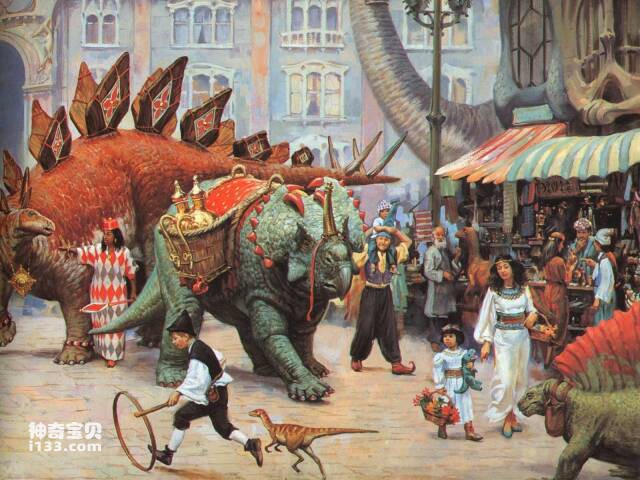
The shape and characteristics of dinosaurs have always attracted much attention ···
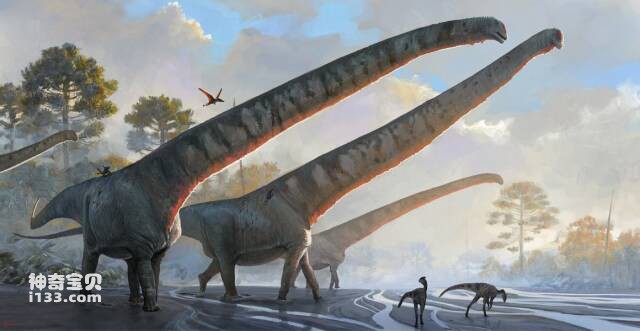
A sauropod from China may have had the longest neck of any known dinosaur. The d···
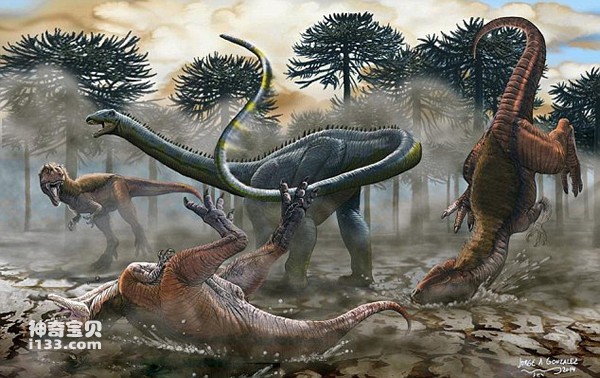
Three years ago, a farmer in Patagonia, southern Argentina, suddenly stumbled up···
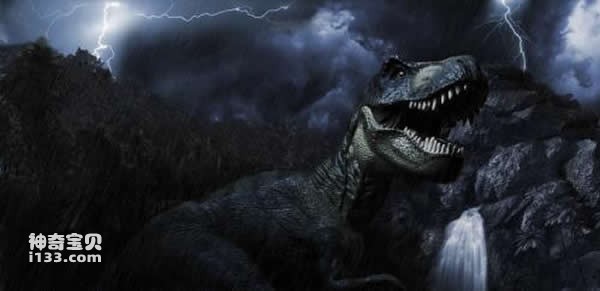
In 1853, 20 Victorian dignitaries held a New Year's dinner inside a dinosaur mod···
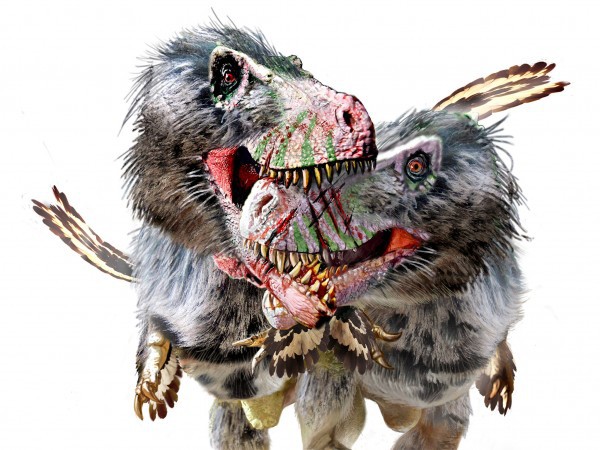
Tyrannosaurus is a recognized ferocious carnivorous dinosaur. They sometimes eve···
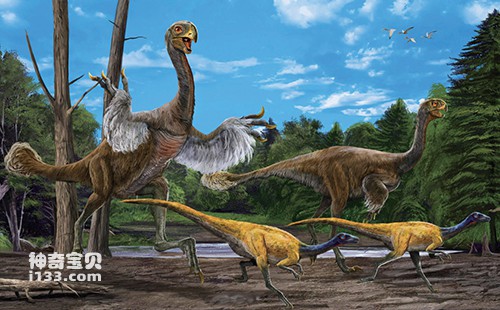
Megaraptor Erlian, which dates back about 80 million years ago, belongs to the o···
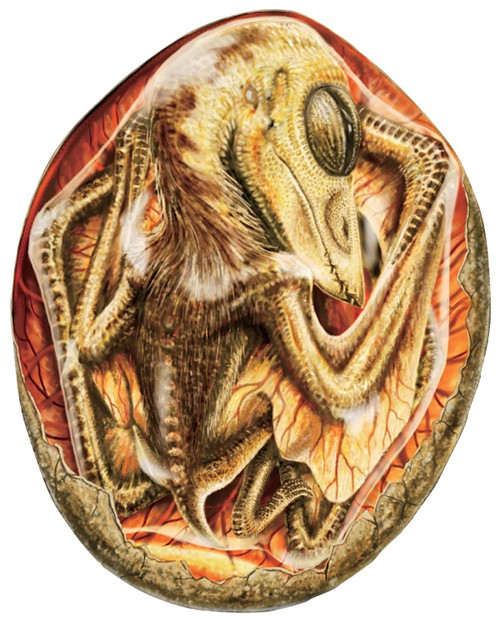
The world's first pterosaur egg and embryo fossil was discovered in the Early Cr···
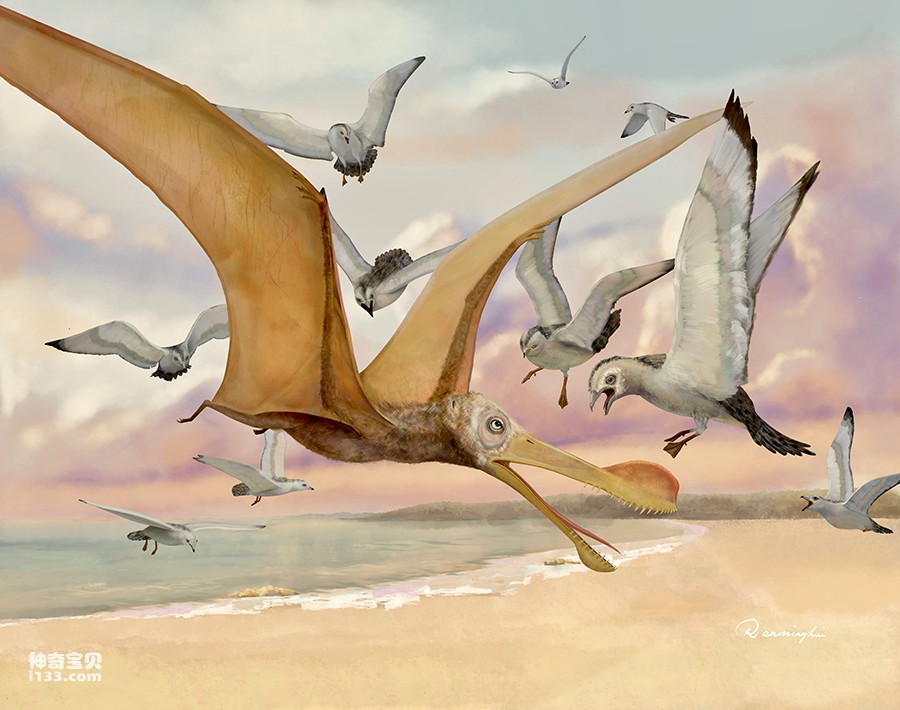
As the earliest vertebrate with active flight capabilities, the macroevolution o···
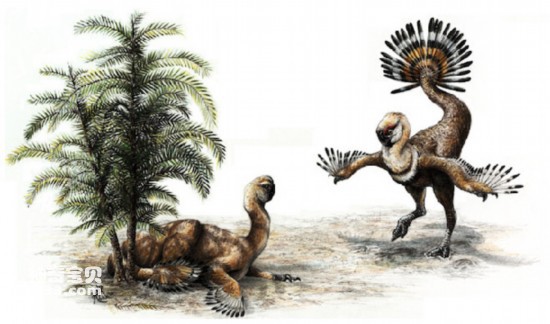
1. Dinosaurs also wooed by wagging their tails. Scientists came to this conclusi···
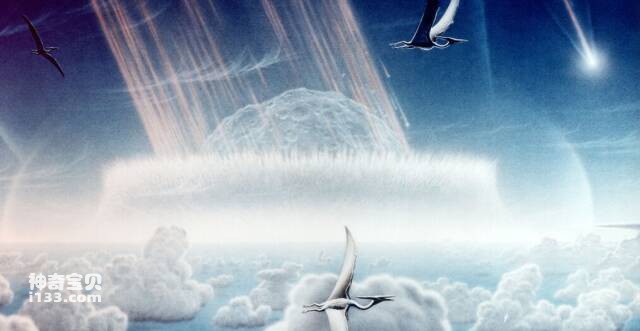
The end of the Cretaceous period witnessed one of the most dramatic mass extinct···
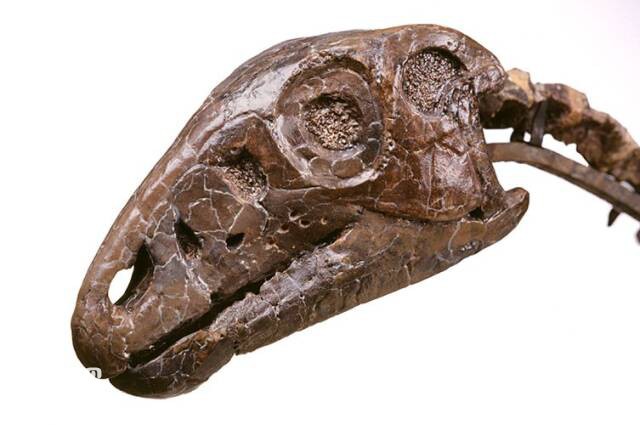
Although dinosaurs lived millions of years ago, we know they existed because som···
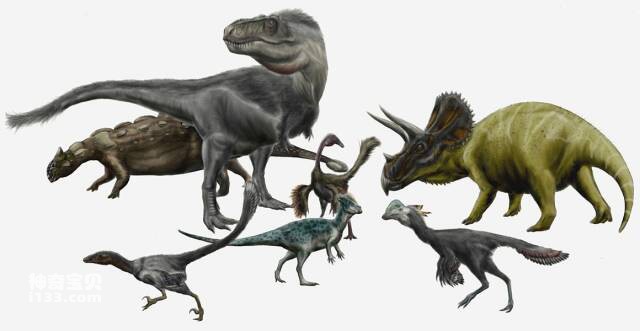
Dinosaurs were a group of reptiles that dominated land for more than 140 million···
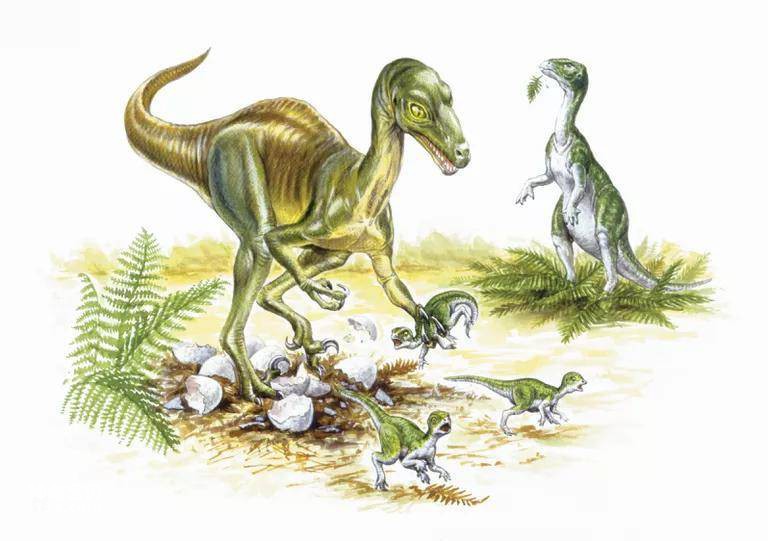
Chinese name: Troodon Latin name: Troodon Age of survival: Late Cretaceous Fossi···
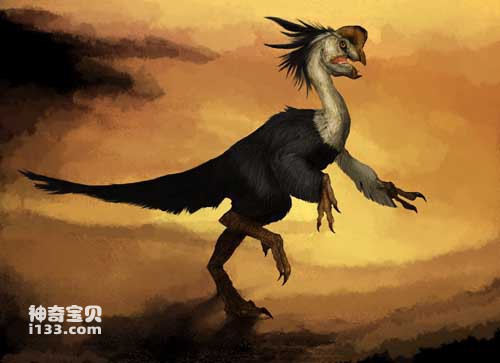
Chinese name: OviraptorosaurusLatin name: OviraptorAge of survival: Late Cretace···
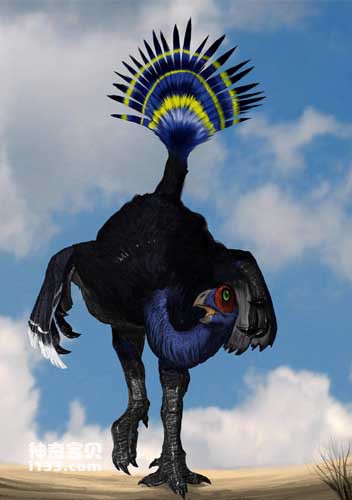
Chinese name: TaiyulongLatin name: CaudipteryxAge of survival: Early CretaceousF···
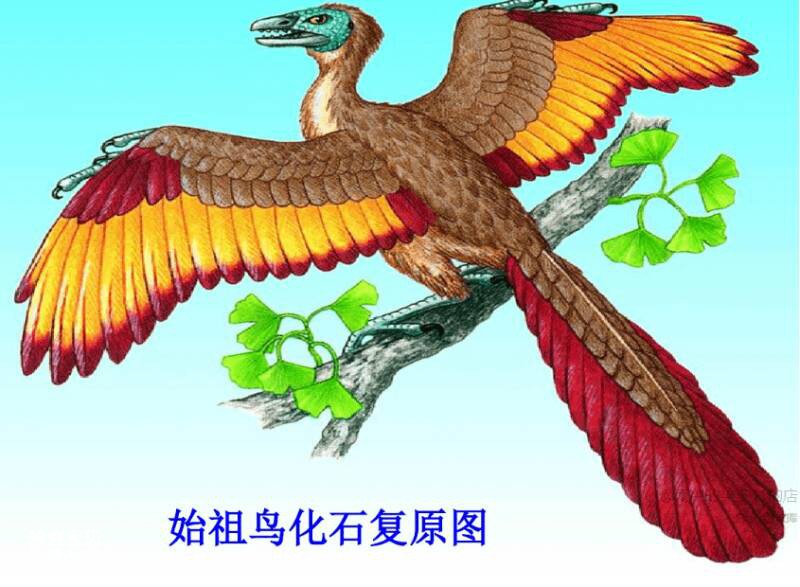
Chinese name: Archeopteryx Latin name: Protarchaeopteryx Age of survival: Early ···
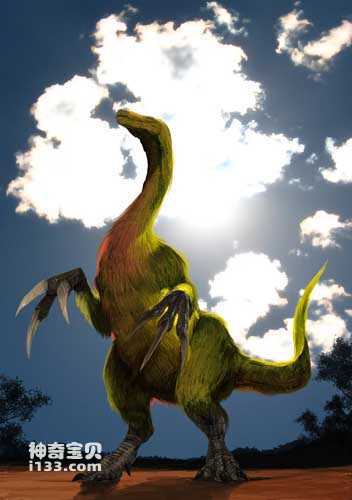
Chinese name: Therizinosaurus Latin name: Therizinosaurus Age of survival: Late ···
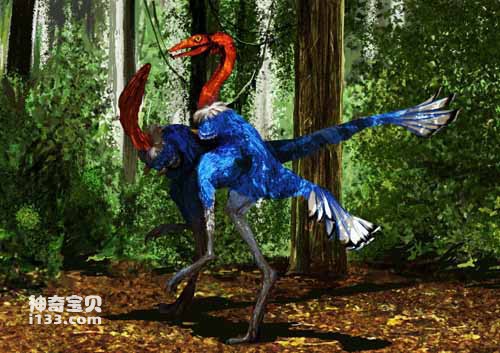
Chinese name: Single-clawed dragon Latin name: Mononykus Age of survival: Late C···
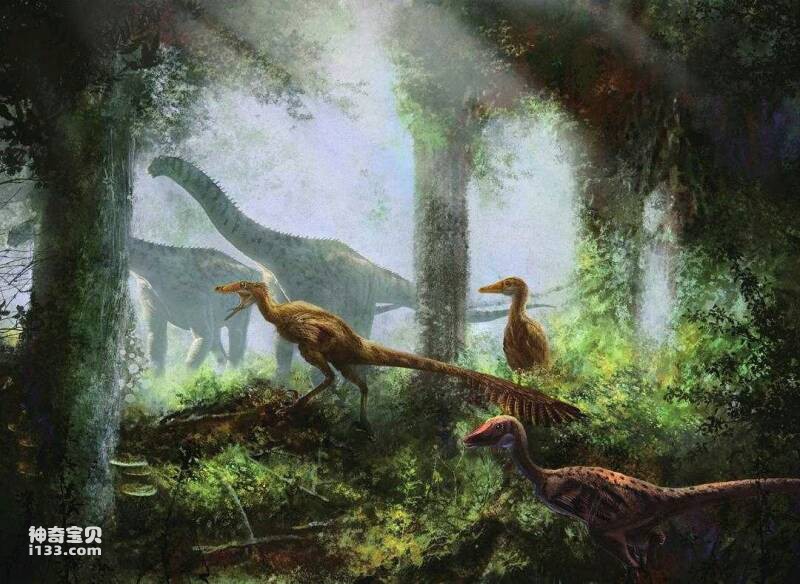
Chinese name: Chinese bird dragonLatin name: SinornithosaurusAge of survival: Ea···
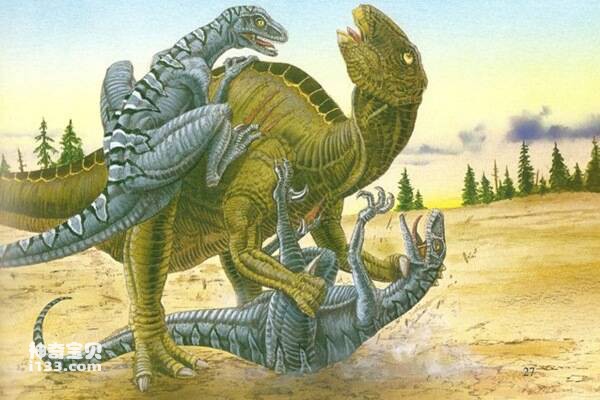
Deinonychus was one of the fastest and most ferocious of the dinosaur family, an···
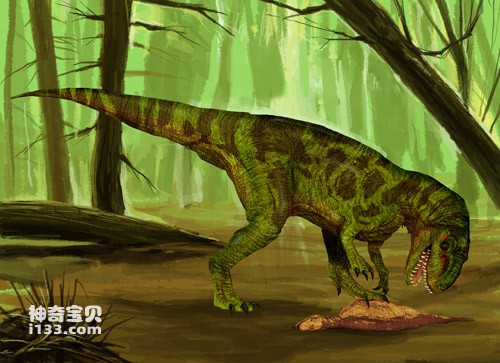
Yongchuanosaurus is a large carnivorous dinosaur that lived in the Late Jurassic···
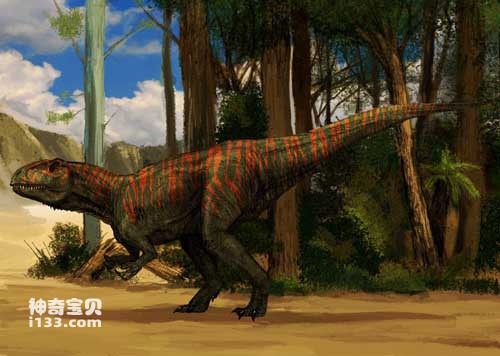
Allosaurus (also known as Allosaurus fragilis), which lived in the Late Jurassic···
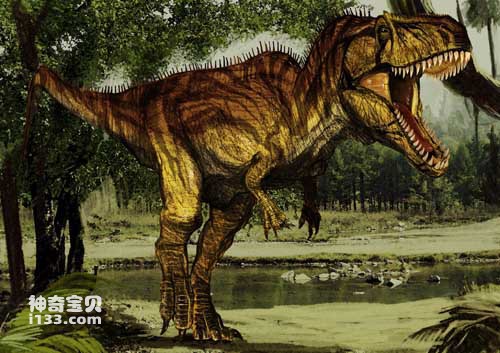
Giganotosaurus is a giant theropod dinosaur. Initially, paleontologist Corea spe···
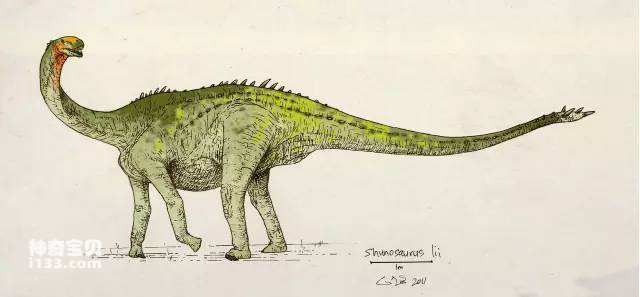
In 1824, the British paleontologist Buckland discovered the carnivorous Megalodo···
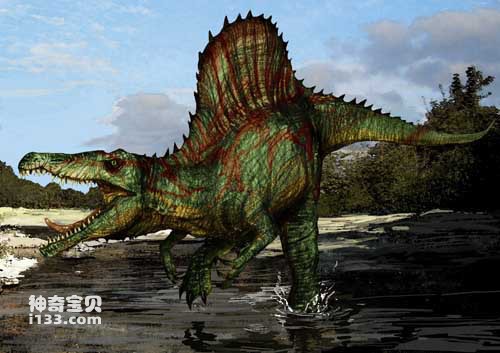
Spinosaurus is a giant carnivorous dinosaur that lived in Africa during the Late···
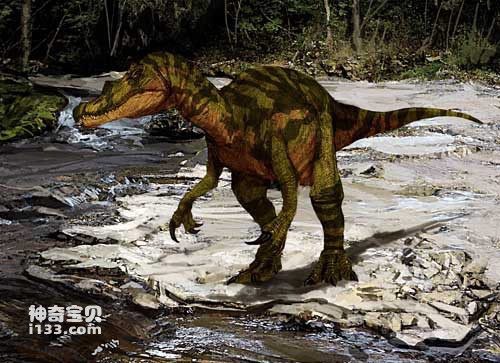
In 1983, while searching for fossils in Surrey, southeast England, fossil hunter···
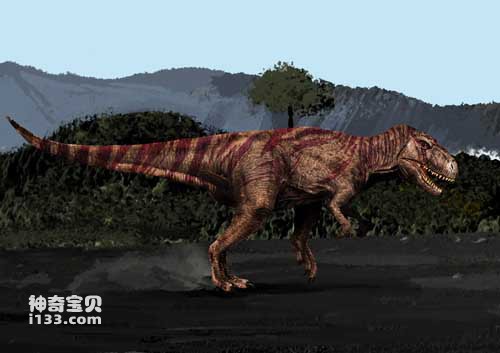
Megalodon is the earliest dinosaur discovered, but it lived in the Jurassic peri···
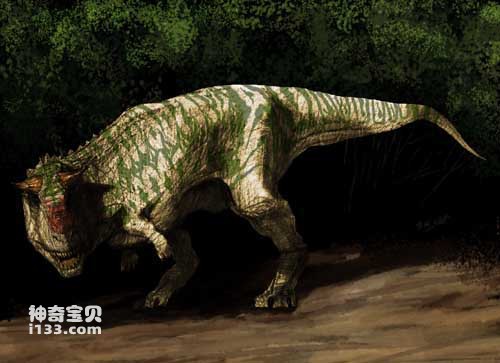
Audiences who have watched the Disney animated blockbuster "Dinosaurs" must stil···
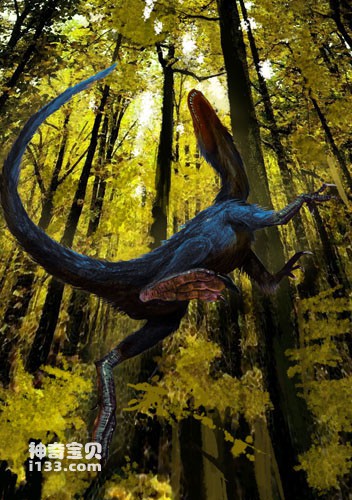
Sinosaurus lived in the Early Cretaceous about 140 million years ago. When its f···
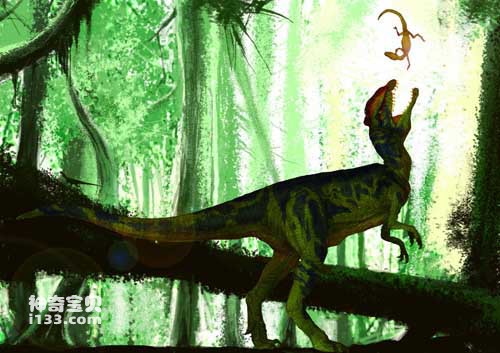
In 1942, a larger theropod dinosaur was discovered in the Early Jurassic strata ···
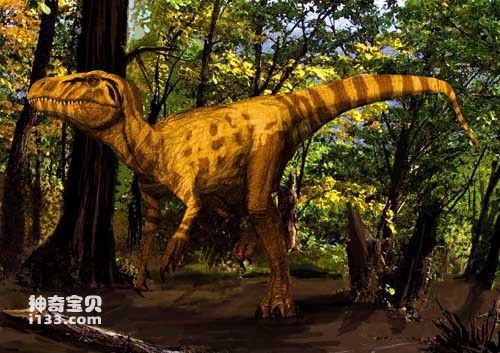
Among the many dinosaurs discovered so far, Eoraptor is the most primitive one. ···
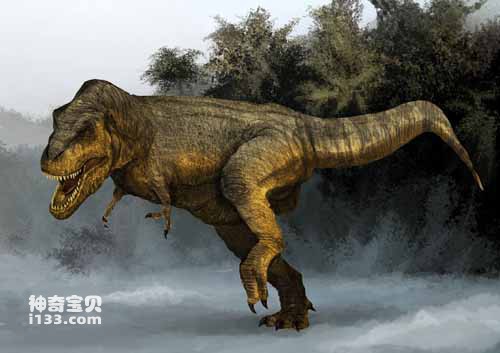
Tyrannosaurus Rex, also known as Tyrannosaurus rex, is the largest land carnivor···
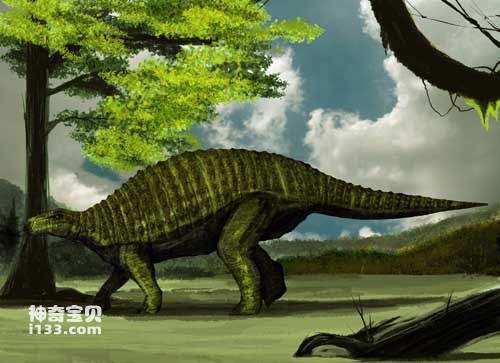
Nodosaurus lived in the Late Cretaceous and was named by the famous paleontologi···
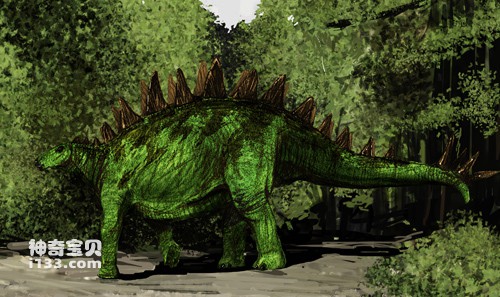
Tuojiangosaurus is a medium-sized stegosaurus that lived in the Sichuan Basin in···
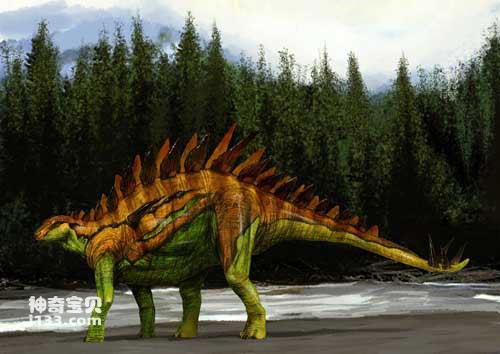
Huayangosaurus is the earliest complete Stegosaurus skeleton discovered in the w···
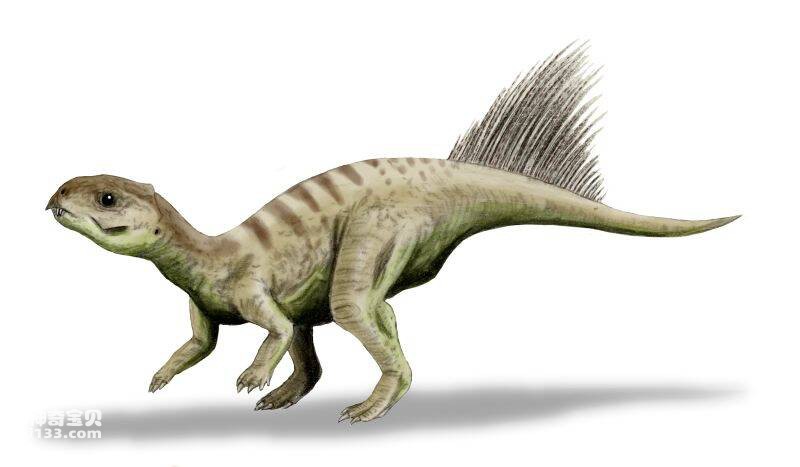
Liaoxi Chaoyangosaurus is a small dinosaur discovered in Chaoyang County, Liaoni···
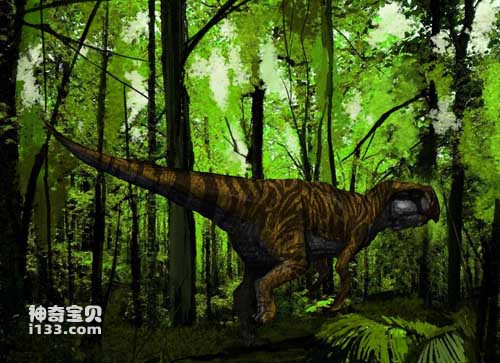
Psittacosaurus is 1.8 meters long and about 1 meter high. It is a very cute smal···
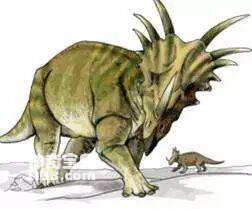
Styracosaurus is also a large horned dragon. The significant difference between ···
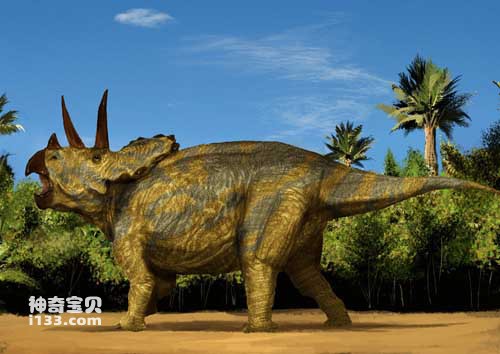
Triceratops is a very numerous and famous herbivorous dinosaur in the late Creta···
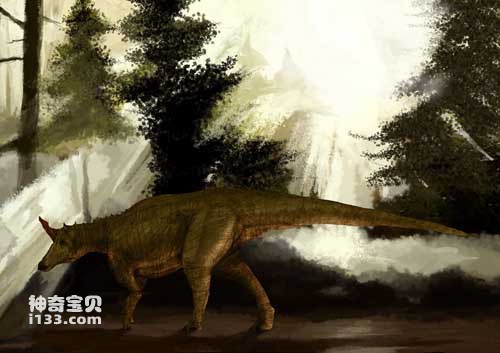
Members of the hadrosaur family are known for their gentleness, elegance, and be···